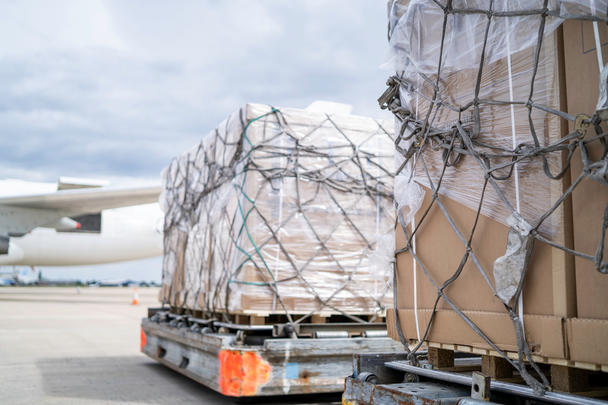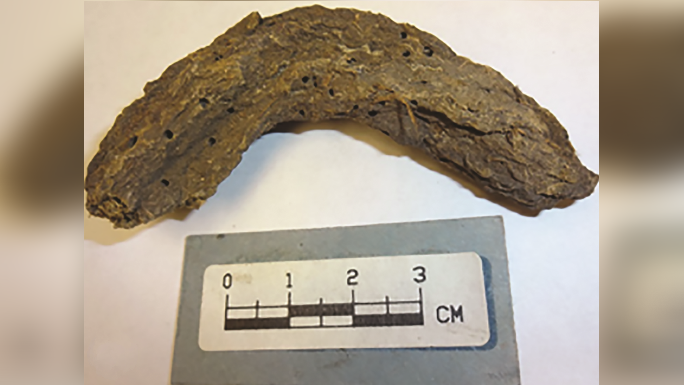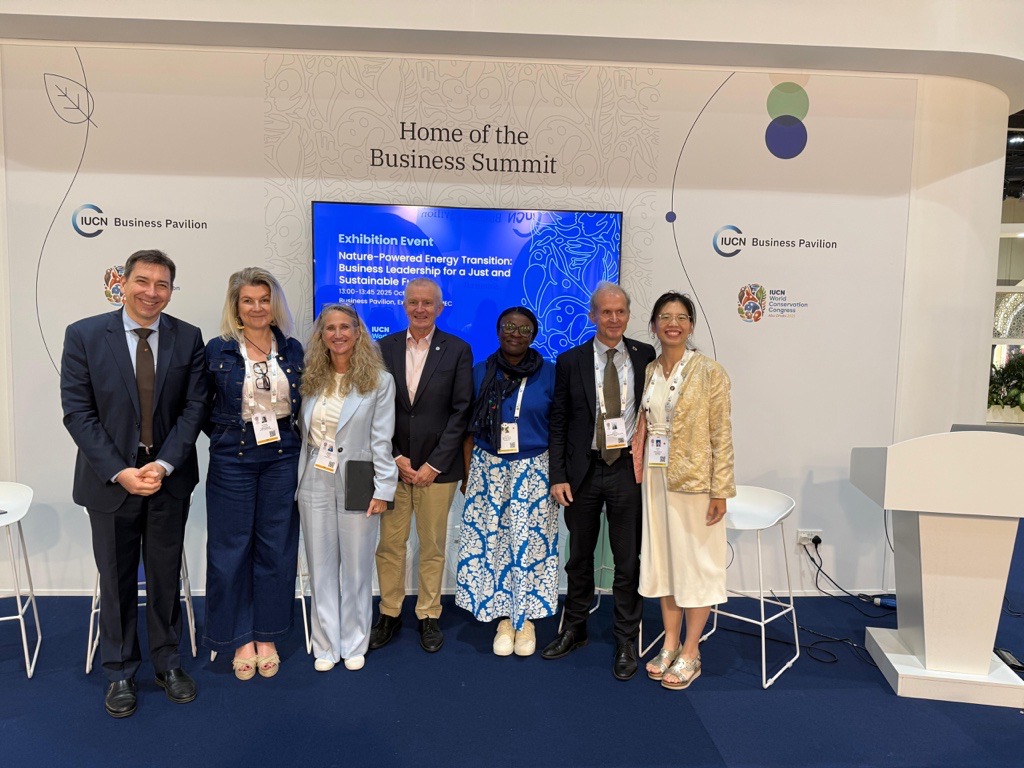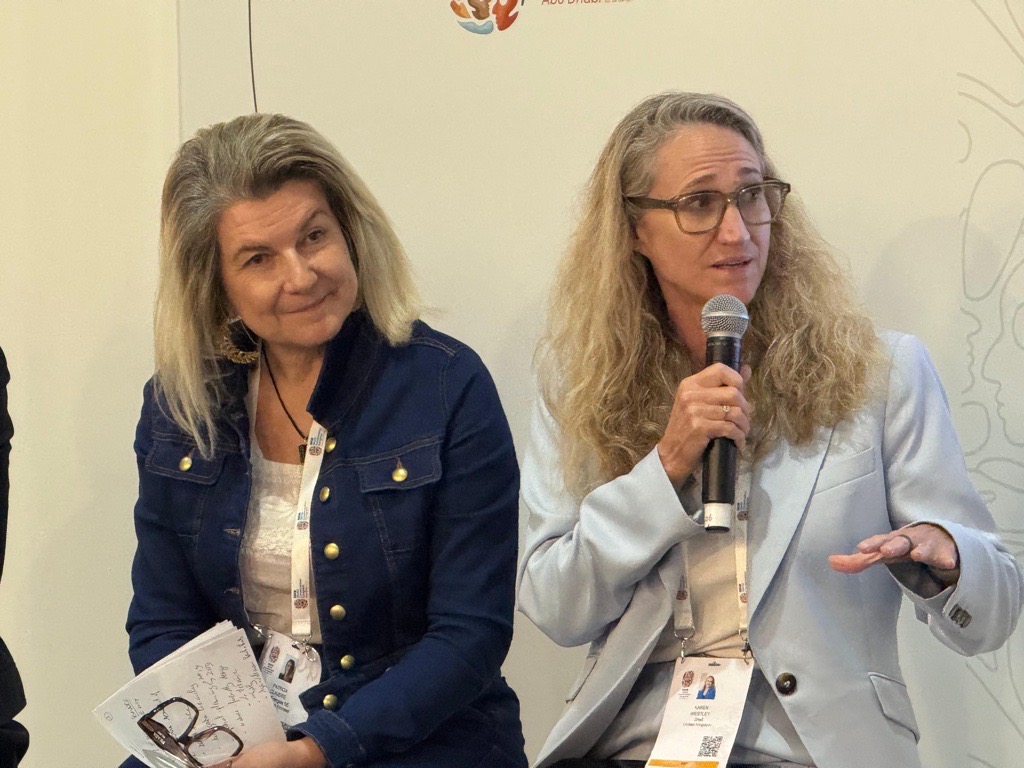Every day, your brain makes thousands of decisions under uncertainty. Most of the time, you guess right. When you don’t, you learn. But when the brain’s ability to judge context or assign meaning falters, thoughts and behavior can…
Blog
-

Qormuz Fall 2025 at Riyadh Fashion Week – WWD
- Qormuz Fall 2025 at Riyadh Fashion Week WWD
- Vivienne Westwood’s granddaughter wages war on the brand: Why Cora Corré is ‘deeply unhappy’ with label over ‘homophobia’ and Saudi plans Daily Mail
- Qormuz Fall 2025: A Desert Tale, Vividly Told WWD
Continue Reading
-

World freighter fleet to grow 45% by 2044
Toulouse, France, 22 October 2025 – Airbus’ 2025 Cargo Global Market Forecast (GMF) shows the worldwide fleet of dedicated freighter aircraft rising to 3,420 in the next 20 years, equivalent to a 45% increase. This will be made up of 815 existing freighters and 2,605 additional ones. Of these additional 2,605 freighters, 1,530 will be replacements and 1,075 will be for growth. The additional 2,605 will be split between 1,120 small aircraft, 855 mid-size widebodies, and 630 large widebodies. Overall of the 2,605 additional freighters, 1,670 will be conversions from passenger aircraft and 935 will be new-build freighters.
World Gross Domestic Product (GDP) and trade remain the main drivers of air cargo. With long term trade forecasted at 2.7% CAGR, Airbus forecasts that air cargo will develop at a rate of 3.3% annually over the next 20 years, effectively almost doubling cargo volumes over the next two decades. Airbus forecasts significant air cargo growth as it has proved essential – not just to support economies, but also to connect remote communities, transport essential and health-critical goods, and enable local business development in emerging countries.
After rapid cargo fleet growth during the pandemic, fuelled by an increase of passenger aircraft conversions into freighters and minimum retirement of previous generation freighters, Airbus forecasts that going forward, a large proportion of these older freighters will leave the fleet and be replaced by newer, more fuel efficient freighters such as the A350F or A320/A321 and A330 Passenger-to-Freighter (P2F) conversions.
Airbus also forecasts trade lanes, and therefore air cargo flows diversification, as more countries in the Asia-Pacific region become industrial centres. Likewise, GDP and demographic forecasts indicate that new countries such as Brazil, Indonesia or Vietnam will emerge as major consumer economies in the coming decades. This will initiate a gradual shift in air cargo geography and the global air freight map.
Of the total need for 2,605 freighter deliveries over the next 20 years, Asia-Pacific and North America will account for nearly two-thirds of demand, requiring 850 and 920 aircraft, respectively.
Find more info on the latest Airbus Global Market Forecast and the Airbus family of freighters.
#AIRBUS #A350F #FREIGHTER #CARGO #GLOBALMARKETFORECAST
Continue Reading
-

1,300-year-old poop reveals pathogens plagued prehistoric people in Mexico’s ‘Cave of the Dead Children’
Scientists analyzing 1,300-year-old human feces from the Cave of the Dead Children in Mexico have discovered that people often dealt with nasty intestinal infections more than a millennium ago.
“Working with these ancient samples was like opening…
Continue Reading
-
Just a moment…
Just a moment… This request seems a bit unusual, so we need to confirm that you’re human. Please press and hold the button until it turns completely green. Thank you for your cooperation!
Continue Reading
-

Nature-Powered Energy Transition: Financing Nature as Core Infrastructure – News
Reframing Nature as Infrastructure
Keynote speaker Erik Berglöf, Chief Economist at the Asian Infrastructure Investment Bank (AIIB), outlined how the bank is integrating nature into development finance. From wetlands in Mongolia to mangrove protection in Brazil, the approach includes natural capital valuation, policy-based financing, and public-private partnerships.
“Nature is not a side concern—it is part of the operating system of our infrastructure,” Berglöf said.
AIIB’s policy-based financing model allows direct lending to governments to support climate and nature policies. A $1 billion loan to Brazil, for example, includes frameworks for mangrove management and climate-resilient health systems, illustrating how planetary health can be built into infrastructure finance. In China, AIIB’s Nature Finance Accelerator mobilises private investment through taxonomy-based project classification and carbon credit markets.
AIIB’s pilot project in Mongolia shows how ecosystem service valuation can expand the scope of infrastructure investments—from flood management to pollination, carbon sequestration, and recreation—prompting local authorities to scale up restoration efforts. This evidence-based approach positions nature as an asset rather than a cost.
©IUCN – Moderator Rachel Asante-Owusu, (IUCN), Erik Berglöf (AIIB), Stewart Maginnis (IUCN) Banks and Investors Demand Measurable Nature Impact
Representing European Bank for Reconstruction and Development (EBRD), Adonai Herrera Martínez highlighted the dual goals of financial returns and measurable environmental impact. He emphasised the critical role of IUCN in advocacy, guidance, and verification—helping financial institutions define metrics, develop methodologies, and link investments to actual improvements in the state of nature.
Energy Sector Scaling Up Renewables Responsibly
Patricia Claverie from TotalEnergies spoke about the urgency of scaling renewable energy at unprecedented speed while mitigating ecological impacts. Using IUCN’s guidance during the repowering of a wind farm on Réunion Island, the company was able to redesign the project with fewer turbines, lower impact, and a stronger biodiversity action plan.
Karen Westley of Ipieca underscored the power of industry collaboration: through Ipieca’s global network, lessons learned from IUCN partnerships can be shared across 60% of the oil and gas sector, amplifying systemic change.

©IUCN – Patricia Claverie (TotalEnergies), Karen Westley (Ipieca) Beyond Safeguards: Incentives and Long-Term Gains
Speakers stressed the need to move beyond compliance toward incentivised, long-term conservation gains. This includes biodiversity credits, embedding nature into licensing and tendering, and developing financial mechanisms that sustain ecological benefits beyond the operational life of projects.
Radical Partnerships for a Nature-Positive Future
Closing the session, Stewart Maginnis, Deputy Director General of IUCN, called for radical partnerships that place biodiversity conservation at the heart of the global energy transition.
“Mainstreaming biodiversity in energy systems isn’t optional. It’s how we ensure a just and sustainable future.”
Follow-up actions identified during the event include developing simple, robust nature finance methodologies with IUCN; ensuring long-term conservation gains beyond project lifecycles; and creating economic incentives to reward nature-positive infrastructure investments.
The session showcased how aligning finance, energy, and conservation can help build resilient economies and ecosystems—treating nature not as an afterthought, but as essential infrastructure.
Continue Reading
-

1886 Fall 2025 at Riyadh Fashion Week – WWD
- 1886 Fall 2025 at Riyadh Fashion Week WWD
- Vivienne Westwood’s granddaughter wages war on the brand: Why Cora Corré is ‘deeply unhappy’ with label over ‘homophobia’ and Saudi plans Daily Mail
- The best looks from Riyadh Fashion Week 2025 Gulf…
Continue Reading
-

Spotify and Netflix join forces – marketplace.org
- Spotify and Netflix join forces marketplace.org
- Netflix, Spotify Forge Video Podcast Deal Netflix
- Creatorverse: Netflix’s Push Into Podcast — Watch Out, YouTube TheWrap
- Spotify stock holds Buy rating at Benchmark as Netflix podcast deal…
Continue Reading
-

“I have learnt to develop some kind of serenity
End of the line? Preuß weighs in on her future in biathlon
Preuß – or Franzi, as she’s known to those in the biathlon community – thought long and hard about her future in the sport over the summer, including a possible decision to…
Continue Reading
-

Rare case of pancreatic Hodgkin lymphoma is often misdiagnosed as pancreatic adenocarcinoma
A new case report was published in Volume 12 of Oncoscience on October 6, 2025, titled “A peculiar case of primary lymphoma of pancreas: A rare presentation of Hodgkin lymphoma.”
In this report led by first author Osama…
Continue Reading
